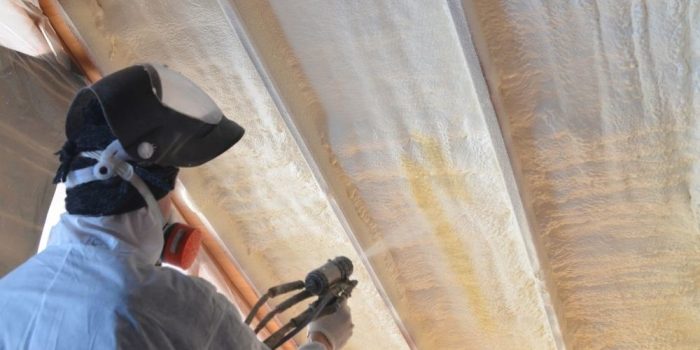Urea formaldehyde is found in residential properties in various forms, including building materials, furniture, and household products. As it releases into the indoor environment, it can pose potential health risks. This comprehensive overview explores the occurrence, regulations, identification methods, mitigation strategies, and frequently asked questions related to urea formaldehyde in residential settings.
Understanding the presence and effects of urea formaldehyde is crucial for ensuring the health and safety of occupants. This guide delves into the complexities of urea formaldehyde, providing valuable insights and practical recommendations for addressing this important indoor air quality concern.
Occurrence of Urea Formaldehyde in Residential Properties: Urea Formaldehyde Is Found In Residential Properties In

Urea formaldehyde is a chemical compound commonly found in various building materials, furniture, and household products within residential properties. It is typically released into the indoor environment through off-gassing, a process where chemicals gradually evaporate from solid or liquid sources.
Factors such as temperature, humidity, and ventilation rates can influence the release rate of urea formaldehyde.
Exposure to urea formaldehyde in residential settings has been linked to potential health effects, including eye, nose, and throat irritation, respiratory issues, and skin allergies. In some cases, prolonged exposure to high levels of urea formaldehyde may lead to more severe health problems.
Regulations and Guidelines for Urea Formaldehyde in Residential Properties
Government agencies play a crucial role in regulating urea formaldehyde exposure and ensuring compliance with established standards. These agencies have implemented regulations and guidelines that limit the use of urea formaldehyde in certain building materials and consumer products.
Industry standards and best practices also exist to minimize urea formaldehyde emissions in residential construction and renovation projects. These guidelines provide recommendations for proper ventilation, material selection, and construction techniques to reduce indoor urea formaldehyde levels.
Methods for Identifying and Measuring Urea Formaldehyde in Residential Properties, Urea formaldehyde is found in residential properties in
Various methods are employed to identify and measure urea formaldehyde concentrations in indoor air. Passive sampling involves placing absorbent pads or filters in the environment to collect urea formaldehyde over time. Active sampling, on the other hand, uses pumps to draw air through sorbent tubes or filters for analysis.
Direct-reading instruments provide real-time measurements of urea formaldehyde levels. Each method has its advantages and limitations, and the appropriate choice depends on factors such as the accuracy required, sampling duration, and cost.
Mitigation Strategies for Reducing Urea Formaldehyde Exposure in Residential Properties
Several strategies can be implemented to reduce urea formaldehyde exposure in residential properties. Source control involves identifying and eliminating or reducing the sources of urea formaldehyde, such as replacing urea formaldehyde-containing materials with alternatives.
Ventilation is crucial for diluting and removing urea formaldehyde from indoor air. Proper ventilation can be achieved through natural means (e.g., opening windows and doors) or mechanical systems (e.g., exhaust fans and air conditioners).
Air purification devices, such as air purifiers and activated carbon filters, can help remove urea formaldehyde from the air. Personal protective equipment (PPE), such as respirators and gloves, can also be used to minimize exposure during specific activities that may release urea formaldehyde.
FAQ Insights
What are the common sources of urea formaldehyde in residential properties?
Urea formaldehyde is commonly found in particleboard, plywood, adhesives, insulation, and certain types of furniture.
How does urea formaldehyde affect indoor air quality?
Urea formaldehyde releases into the air, contributing to indoor air pollution and potentially causing health issues such as respiratory irritation, headaches, and allergic reactions.
What are the regulations and guidelines for urea formaldehyde in residential properties?
Regulations and guidelines vary by region. Some jurisdictions have established limits for urea formaldehyde concentrations in indoor air, while others focus on regulating the use of urea formaldehyde-containing materials.
How can urea formaldehyde exposure be reduced in residential properties?
Effective mitigation strategies include source control (e.g., replacing urea formaldehyde-containing materials), ventilation (e.g., increasing fresh air exchange), and air purification (e.g., using air purifiers with HEPA filters).


